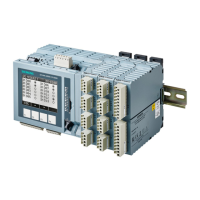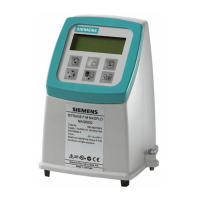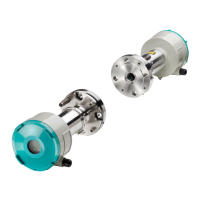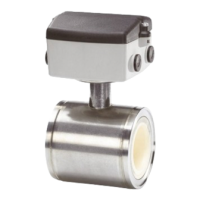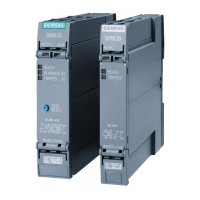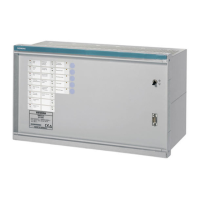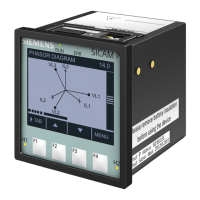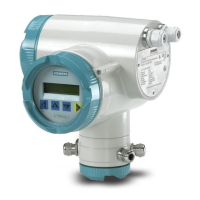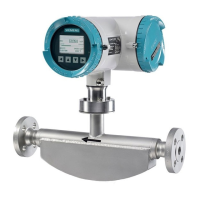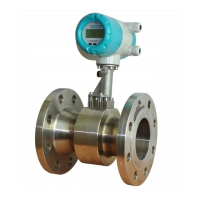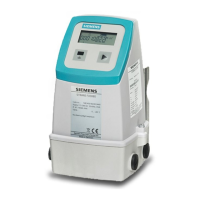Functions
6.9 [2.10] Settings > Correction of cross-interferences
Operating with the Local User Interface
160 Operating Manual, 06/2017, A5E31930478-05
[2.10] Settings > Correction of cross-interferences
6.9.1
Sample gases may also contain other gases to which devices may have cross-sensitivity.
These so-called interference gases can distort the sample gas measured values. The
measured value distortions can be mathematically corrected with a constant or with a
correction of cross-interferences related to the measured value.
The interference gas concentration values required for the correction are either determined
within the device or are provided by external analyzers, e.g., via MODBUS TCP.
The device lets you configure up to five corrections of cross-interferences for each
component. The interference gas influence is corrected either with a constant or with up to
four measured-value related corrections of cross-interferences, which means with four
interference gases.
● If the correction of cross-interference takes place with a constant, the amount of
interference gas in the sample gas (interference gas) is constant. The interference gas
influence is corrected with a constant.
● Measured-value related interference gas correction:
– With a linear correction of cross-interference, the interference gas influence is linear to
the sample gas concentration of the interference gas and is corrected with a linear
coefficient.
– With a quadratic correction of cross-interference, a linear correction coefficient and a
quadratic correction coefficient are used for the correction.
The correction of cross-interference coefficients can be entered on the LUI or in
SIMATIC PDM, taken from a device-internal interference gas reference table (OXYMAT 7),
or calculated by running a wizard. Exception: With CALOMAT 7 analyzer modules, the linear
correction coefficient is factory set based on the application. Display of this coefficient is not
possible.
A wizard first calculates the influence of interference gas for the calculation of cross-
interference correction coefficient. The deviation in concentration of the component to be
corrected (actual value) is measured, while a defined interference gas concentration
(setpoint) is entered.

